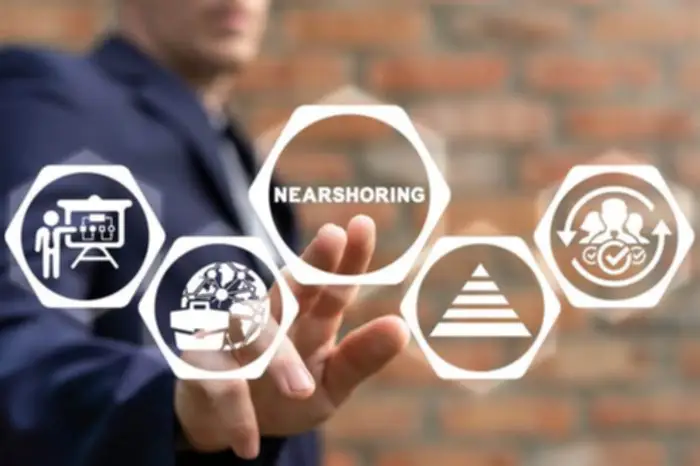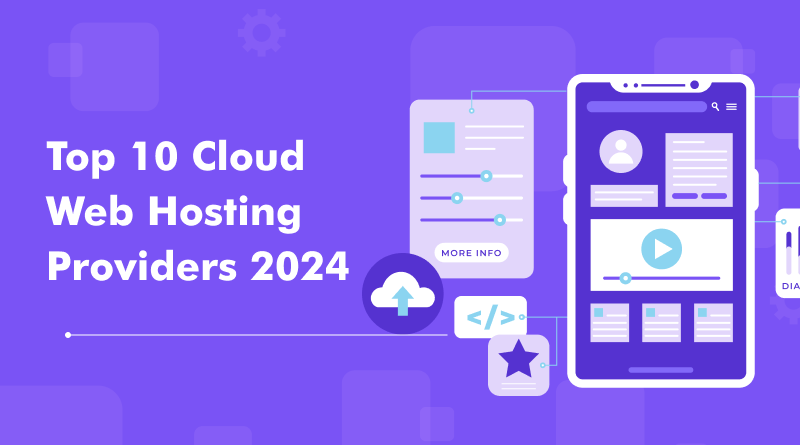A HIP framework is designed to support a various array of knowledge integration patterns, enabling companies to connect legacy on-premises infrastructure with innovative hybrid integration platform cloud-based merchandise. By bridging this divide, HIPs assist tackle the evolving big information needs and business processes pushed by digital transformation. IBM‘s providing in the HIP enviornment is anchored by its Cloud Pak for Integration, a comprehensive suite designed to deal with the challenges of integration in a multi-cloud world.
What Do Hybrid Integration Platforms Do?
Its crucial function is to make sure knowledge consistency and availability, supporting knowledgeable decision-making and operational effectivity. By breaking down information silos, it allows a unified information view, fostering enhanced insights and higher service supply. The streamlined information flow bolsters enterprise intelligence and strategic initiatives, making it an integral part of a HIP. API management inside Hybrid Integration Platforms is essential for ensuring secure, efficient, and scalable data trade between disparate applications. It streamlines the integration course of by securing APIs, simplifying entry with thorough documentation, managing versions for compatibility, and monitoring efficiency.

Enhanced Security And Compliance

We have created an essential information for these which are on the lookout for a provider that may develop actually hybrid integrations. According to Gartner, there are only some of the over 100 iPaaS companies have the capabilities, so we wished to simplify the analysis process for you. The excellent news is that there are additionally strategic iPaaS and hybrid integration platform distributors (or generally known as ‘EiPaaS’ providers) on the market that may assist SMBs – and the pricing may be fairly reasonable. These distributors also provide managed integration companies, meaning that they may develop, deploy, and manage the combination options and they will take the whole responsibility of the interfaces. The IT setting of contemporary enterprises has tremendously expanded and consists of a selection of companies similar to IoT options, cell apps, SaaS platforms, social and internal networks, content management methods and more. Currently, an HIP is the key component of doing enterprise, as it is the simplest mechanism to hyperlink all of those providers and construct a single workable system.
Benefits And Applications Of Hybrid Integration Platforms
Typically, a quarter of the applied effort of making software and encoding the appliance logic required to fulfill enterprise necessities consumes scarce integration experience. Hybrid integration platform provide a flexible backbone to attach disparate methods and ship seamless end-to-end options. Adopting the proper integration patterns and methods along with DevOps practices permits enterprises to construct agile software program systems that evolve with enterprise wants.

- As a end result, users are able to ship data and providers in a technique that can be understood.
- After a designer has reduce out all of the items for a costume or swimsuit, it can be hard to know where to start the stitching.
- It’s especially highly effective when integrating fashionable, cloud-based enterprise solutions.
- To modernize all that content and convey it collectively underneath a single banner, you need an answer that gives great file transfer administration options.
- A retailer could use an on-premises software to manage inventory and cloud-based services to assemble consumer insights and monitor buy activity.
An iPaaS answer can only perform system-to-system integrations with web and cloud-based sources, which restricts the platform’s flexibility. As such, the organizations that opt for an iPaaS resolution must spend money on an extra platform to perform information transformation tasks on-premises. Enterprise knowledge integration consists of knowledge integration and application-to-application integration. IPaas can create an environment for easier communication between stakeholders with real-time information, and its format may be remodeled as their system can perceive. Hybrid integration should be deployable across numerous completely different models, versus staying inside the on-premise and cloud surroundings. That ought to embrace embedded models that use headless deployment, which is fast turning into normal fare for SaaS purposes.
Choose your cloud integration companion confidently — download “The Critical Characteristics of an Integration Cloud” to study extra. OpenLegacy, for instance, offers a simple three-step course of for onboarding that gives you a whole overview of the things you should know to use the platform to its full potential. One area the place you’ll need to search for this help is through the onboarding course of. You need to know you’ll be onboarded quickly and easily and given every thing you should succeed together with your new software.
Often, they might need to cooperate with massive enterprises that use legacy applications and outdated EDI processes, and the startups need to capture the information by way of their REST APIs. In this case, an integration stack has a strategic role in enabling the company to develop its services and products. To avoid that, many determined to use hybrid integrations to connect all their systems and applications both internally and externally. Since cloud adoption has been accelerating, it has been imperative to search out distributors that can assist to connect a number of functions of various natures.
While governance is beneficial to streamline knowledge evaluation and scale back security threats, it’s also very important to attach cloud-based functions with on-premises platforms. HIPs leverage integration administration tools to detect and correct incomplete or inaccurate knowledge retrieved from the cloud. Hybrid Integration Platforms (HIP) are essential in today’s digital landscape, bridging the gap between conventional and cloud-based IT systems.
Hybrid Integration Platforms (HIP) bridge the gap between completely different purposes, software program, and services to make sure seamless connectivity and efficient data administration. These platforms play an important function in trendy companies by streamlining workflows, making information readily accessible for informed decision-making, and simplifying application development and deployment. These options enable greater reach of knowledge sharing in addition to enterprise processing rules and application logic. Your organization’s integration and automation necessities are difficult to predict over time. As the partnership could go on for quite a lengthy time (most integration methods plan for the following five years), fastidiously choosing your HIP vendor is extraordinarily essential.
OpenLegacy is in the hybrid integration platform (HIP) product category, which connects and generates cloud-based providers to and from on-premise functions. HIP solutions depart the info and purposes the place they at present exist, each on-prem and within the cloud, and leverage the integration between them primarily based on person situations. IPaaS (Integration Platform as a Service) connects functions and knowledge sources for seamless information trade. CPaaS (Communication Platform as a Service) focuses on integrating real-time communication tools like messaging and voice services into functions. While iPaaS manages knowledge flow, CPaaS enhances communication capabilities, usually used for customer engagement and collaboration within functions. On the other hand, iPaaS is inherently designed to facilitate seamless connections between varied cloud services.
Features or capabilities could also be duplicated across solutions from multiple vendors, while different capabilities may be ignored of the equation totally. Hybrid integrations can save organizations money, as they’re able to using present present on-premises infrastructure. The cloud can then be used for added assets, so the upfront cost is decrease than anticipated. Hybrid integrations help organizations achieve better efficiency by processing information close to its source (on-premises) while leveraging cloud resources for duties that require excessive scalability and computing power. These solutions focus on cloud purposes exclusively and due to this fact want a separate HIP that helps on-premise methods. Thanks to our streamlined and simplified strategy to accessing data from backend systems, you’ll have the flexibility to speed up your time-to-market speeds by no less than 10 instances.
This is the one resolution in the marketplace that provides enterprises a real end-to-end “API factory” for creating digital companies, making it a singular benefit you won’t find anyplace else. These three options make it simpler to get set up along with your ideal answer and transition shortly and easily from on-premises to cloud-based options. The easier the integration process is, the better—seamless integration is the tip objective, after all. Data administration must be as easy as potential, which is why you’ll need to look for a platform that supports your app, data, and B2B integration needs.
That’s as a outcome of they don’t depend on hardware, which means they can’t fail as a outcome of faulty tools. This ensures your small business can operate at maximum efficiency because you never have to worry about ready to get your tech fixed. Outside of the OpenLegacy Hub, OpenLegacy offers immediate integration options in your core, on-prem, and legacy methods too. Hybrid integration involves navigating a complex community of various IT environments, which can be daunting. Challenges embrace information safety, compliance with laws, the complexity of integration, and making certain constant efficiency across all platforms. For instance, if a buyer submits a service ticket, that can set off an information entry within the cloud.


